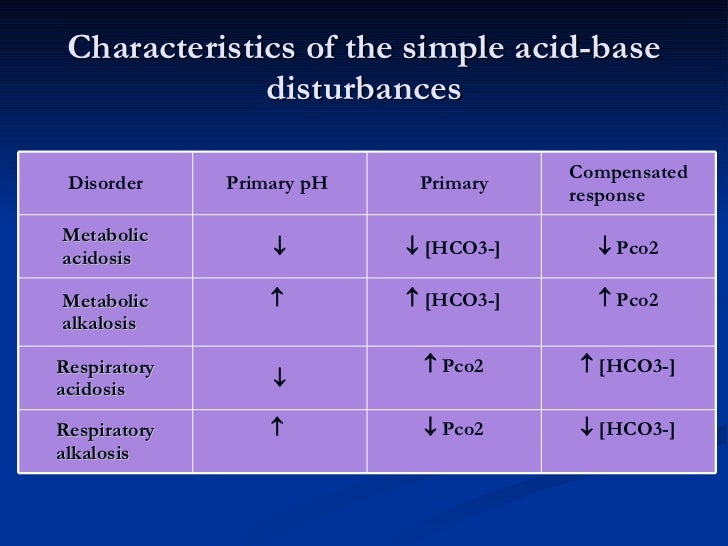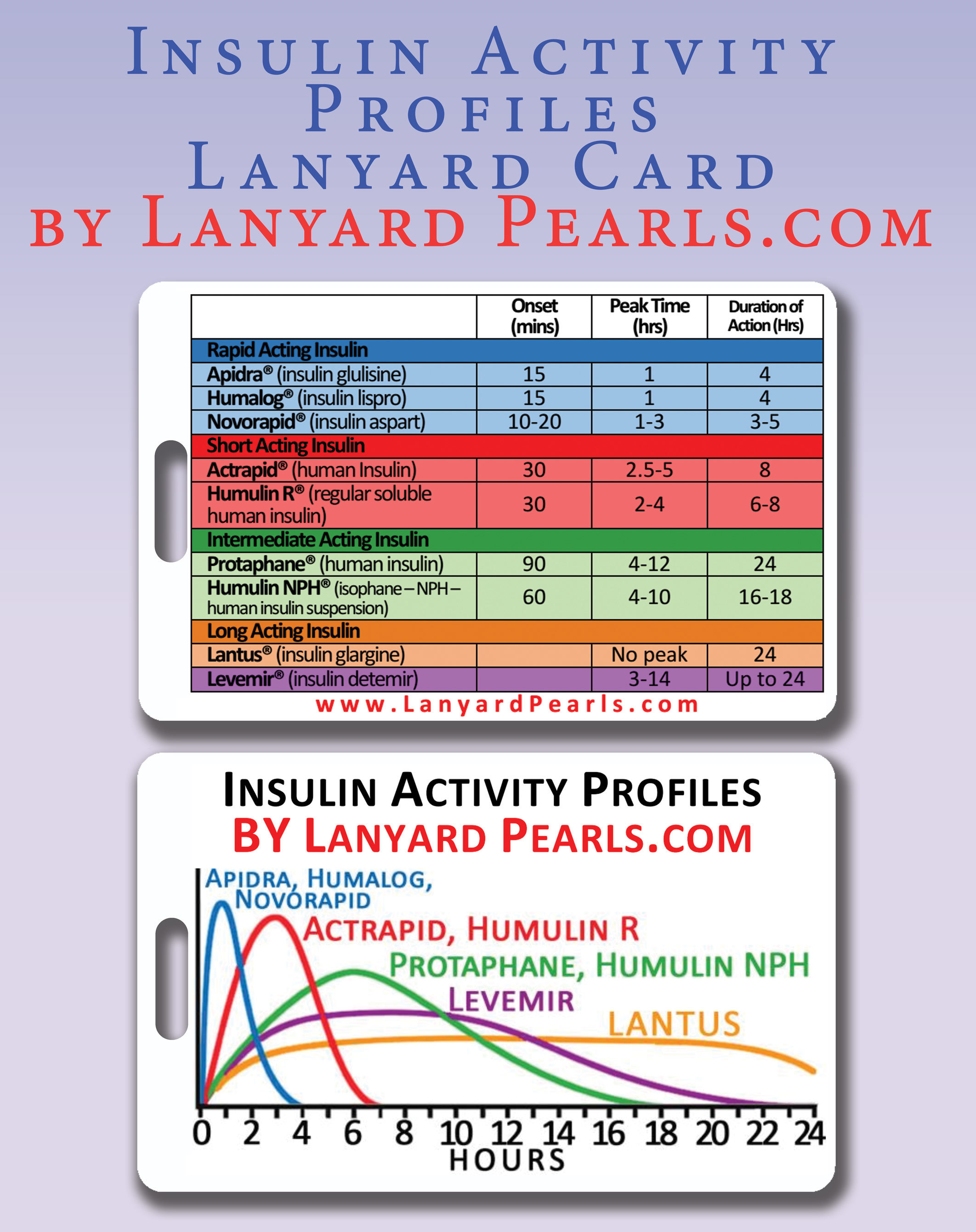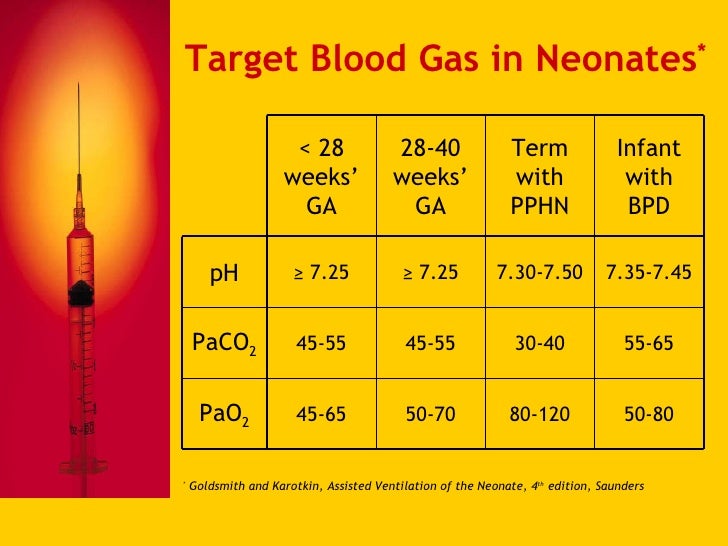Neonatal Blood Gas Chart Blood gas analysis is one of the major tools in assessing the respiratory status of the newborn To adequately use this information one must have a basic understanding of gas transportation and acid base physiology
To understand the key components of neonatal blood gas analysis To interpret blood gas results accurately in neonates To apply this knowledge in clinical decision making for improved neonatal care Based on the Siggard Andersen Acid Base Alignment Nomogram this handy chart allows you to comfortably interpret a neonatal blood gas result in seconds The chart is 8 5 x 11 inches and is laminated so that it can be easily cleaned if used at a patient s bedside
Neonatal Blood Gas Chart

Neonatal Blood Gas Chart
https://www.mdpi.com/jcm/jcm-10-01676/article_deploy/html/images/jcm-10-01676-g001.png

Neonatal Blood Gas Chart
https://cdn.slidesharecdn.com/ss_thumbnails/bloodgasinterpretation-100403011629-phpapp02-thumbnail-4.jpg?cb=1270257447

Neonatal Blood Gas Interpretation Chart Keski
https://www.researchgate.net/profile/Jonathan_Naylor/publication/11862423/figure/tbl1/AS:394578332012547@1471086213492/Blood-gas-electrolytes-and-serum-organic-acid-concentrations-in-healthy-and-diarrheic.png
Normal blood gas values for a newborn vary depending on whether the baby is born at full term or prematurely For a full term newborn normal blood gas values are as follows PCO2 32 66 mmHg HCO3 17 27 mmol L PO2 6 31 mmHg and Base Excess 8 to 0 mmol L Blood gases are helpful to assess the effectiveness of ventilation circulation and perfusion Blood gases can be performed from cord arterial venous or capillary specimens Repeated arterial stabs are strongly discouraged as they are painful and
When neonatal and pediatric patients are suspected of having respiratory and or metabolic problems blood gases along with the patient s history and physical findings can provide valuable insight into the true condition and guide the treatment choices and plan of care 1 2 Decisions to initiate oxygen therapy continuous positive Based on the Siggaard Andersen Acid Base Alignment Nomogram this tool allows you to accurately interpret a neonatal blood gas result in seconds The chart is 8 5 x 11 inches and is laminated so that it can be easily cleaned if used at a patient s bedside
More picture related to Neonatal Blood Gas Chart
Neonatal Blood Gas Cheat Sheet
https://lh6.googleusercontent.com/proxy/h84uBLNnHFOjVnSw_32Lv7c1-Q5kQ-K7Hg5ytsY2CSIG7Ba-uFKK6RTg2Em_-11z_Mb755G3eDjG5ao70m0ua3wT4FT8mw=s0-d

Neonatal Blood Gas Cheat Sheet
https://i.pinimg.com/originals/9e/61/2b/9e612b3fe3d27956533842d71fe8449f.jpg

Neonatal Blood Gas Cheat Sheet
https://image.slidesharecdn.com/abg-chh-1218468866593910-9/95/arterial-blood-gas-interpretation-8-728.jpg?cb=1375779718
On neonatal encephalopathy presented in the 1st edition The new 2nd edition recommends a broad evaluation of all potential contributing factors in every case of neonatal encephalopathy including maternal medical history obstetric and intrapartum Neonatal Blood Gas Reference Ranges Sample Type Cord Arterial Cord Venous Capillary Arterial Venous Unit pH 7 2 7 4 7 25 7 45 7 32 7 42 7 35 7 45 7 30 7 40
Blood gases are the most common tests done on neonates 1 And while the results are important drivers of clinical care there are questions about whether arterial blood gas ABG testing is always necessary or desirable in this patient population The first step in interpreting a blood gas is determining if the pH is normal acidotic or alkalotic A normal pH is 7 35 7 45 therefore pH 7 45 represents alkalosis CO2 Carbon dioxide CO2 is the respiratory component of Acid Base balance and is controlled by alveolar ventilation CO2 is a

Neonatal Blood Gas Cheat Sheet
https://dqzrr9k4bjpzk.cloudfront.net/images/370046/499849950.jpg

Neonatal Blood Gas Cheat Sheet
https://i1.rgstatic.net/publication/260018889_Neonatal_Blood_Gas_Sampling_Methods/links/563211c808ae13bc6c36bc49/largepreview.png

http://www.academyofneonatalnursing.org › NNT
Blood gas analysis is one of the major tools in assessing the respiratory status of the newborn To adequately use this information one must have a basic understanding of gas transportation and acid base physiology

https://www.audreyharrisvision.org › uploads › neier...
To understand the key components of neonatal blood gas analysis To interpret blood gas results accurately in neonates To apply this knowledge in clinical decision making for improved neonatal care

Neonatal Blood Gas Cheat Sheet

Neonatal Blood Gas Cheat Sheet

Neonatal Blood Gas Cheat Sheet

Neonatal Blood Gas Cheat Sheet

Neonatal Blood Gas Cheat Sheet

Neonatal Blood Gas Cheat Sheet

Neonatal Blood Gas Cheat Sheet

Neonatal Blood Gas Cheat Sheet

Arterial Blood Gas Interpretation Chart

Neonatal Scores Umbilical Artery Blood Gas Analysis And Resuscitation Download Scientific
Neonatal Blood Gas Chart - When neonatal and pediatric patients are suspected of having respiratory and or metabolic problems blood gases along with the patient s history and physical findings can provide valuable insight into the true condition and guide the treatment choices and plan of care 1 2 Decisions to initiate oxygen therapy continuous positive